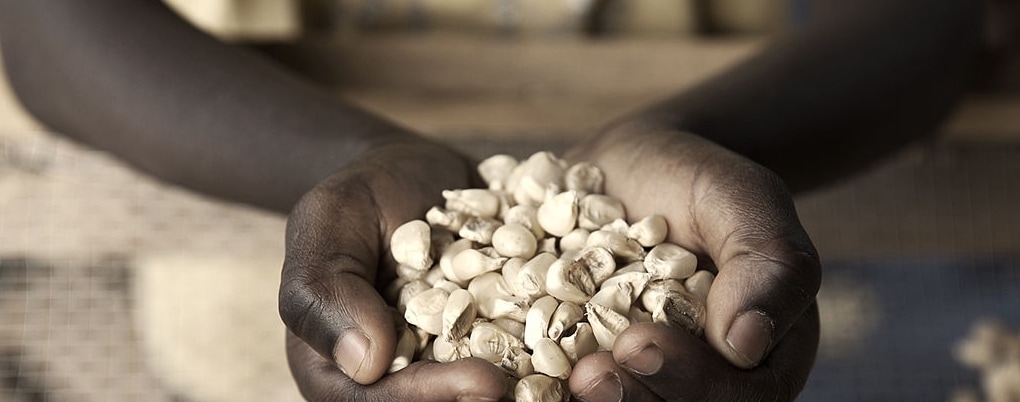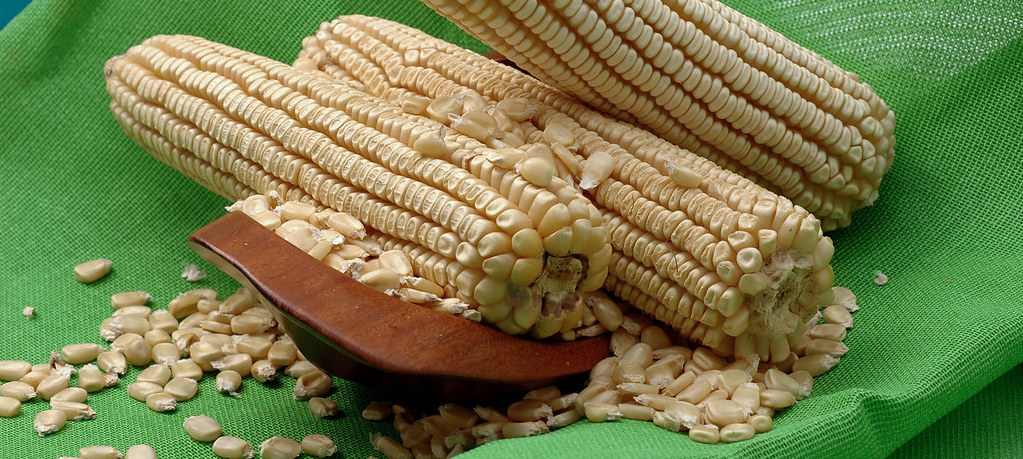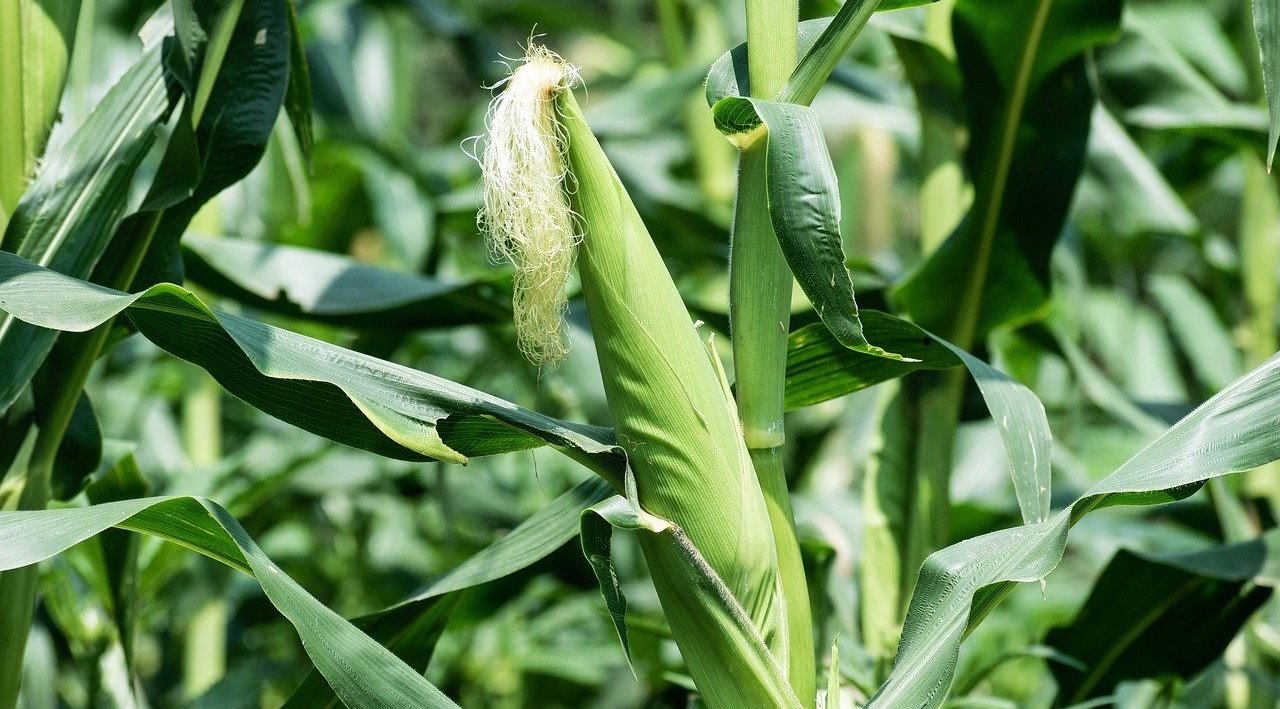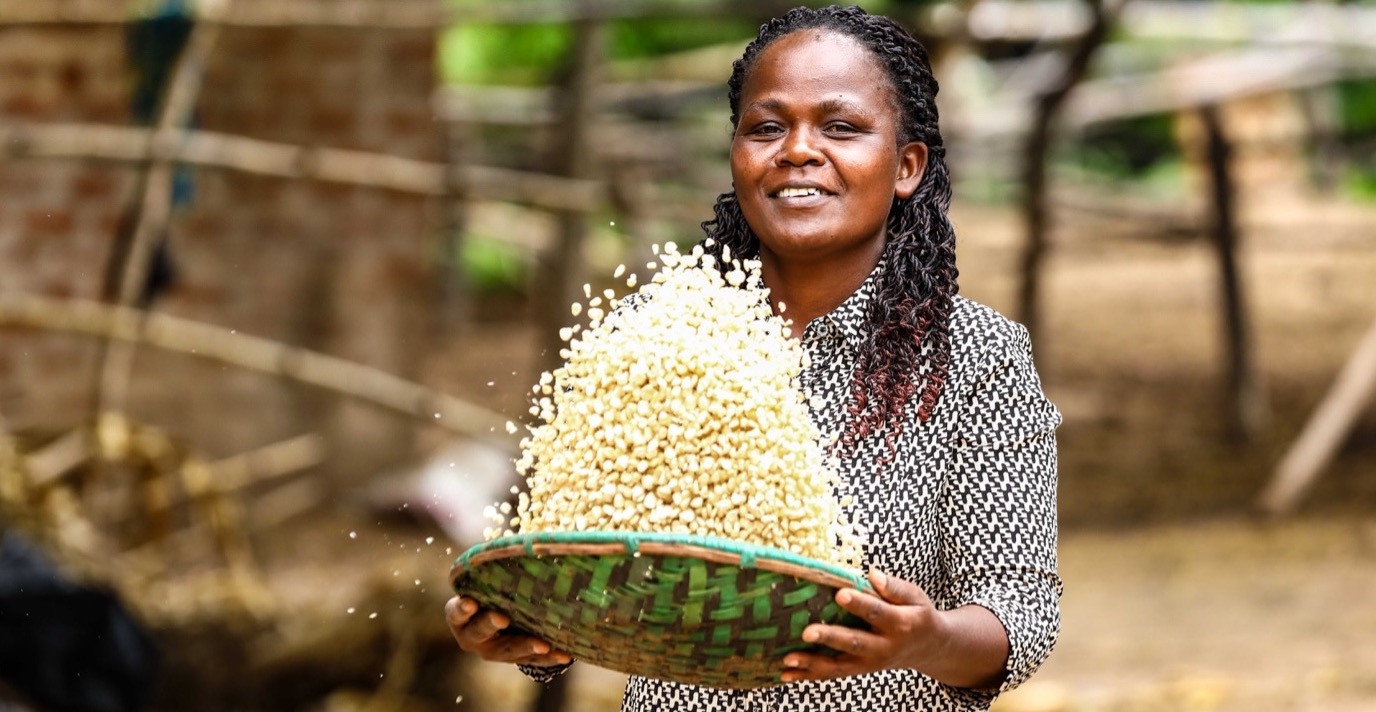It is a rough murky ride to Mitero village in Laikipia County where Mzee Simon Githaiga lives with his wife and young daughter.
His homestead is abuzz with workers constructing a stone house, and the change of livelihood is obvious from the old-looking wooden house to the beautiful modern stone-house. Mzee proudly tells us that it is the fruit of his handwork in the farm.
A stone bungalow like the one he is building would cost one million shillings (USD$ 10,000) which costs three times more than the wooden house he has been living.
Mzee Githaiga has been able to change his livelihood and diversify thanks to a new farming method called Conservation Agriculture.
Conservation Agriculture (CA) according to the United Nations Food and Agriculture Organization,is an approach to managing agro-ecosystems for improved and sustained productivity, increased profits and food security while preserving and enhancing the resource base and the environment.
CA is characterized by three principles, namely: continuous minimum mechanical soil disturbance, permanent organic soil cover and crop rotation.
He grows maize and beans in his three acre farm, and until 2014, Mzee Githaiga could only harvest half a bag or one bag of 90kg maize from his farm. He says he had to rely on his tree nursery venture to sustain his family and pay school fees for his seven children.
“I could barely get enough food for my family. I had to rely on my dairy farming and tree nursery to buy food and educate my children,” he says.
Low-cost farming technique
In 2014, Mzee was among farmers that were trained on conservation agriculture which is a low-cost farming technique by the African Conservation Tillage Network with support from the Alliance for a Green Revolution in Africa.
CA is a low-cost technique because for a farmer spends less money unlike in conventional farming method where a farmer would otherwise spend about Sh3, 000 in terms of labour and buying of fertilizer.
Unlike other farmers in his neighbourhood, Mzee Githaiga decided to adopt conservation agriculture after the training in 2014.
“I wanted to try out something new to see if I could increase my yields. I had started giving up on growing maize and during the training we had been assured of better yields if you go the conservation agriculture way,” he says.
Mzee Githaiga can now harvest two bags of maize from the ten by ten feet potion and even during a bad season, he still gets some yields unlike his neighbours who are yet to adopt the technology.
“You would rather grow maize in a small potion and get good yields than grow maize in a big farm and get little or no yields at all.”
He says the technology is also not labour intensive and he spends less his farm using a hand ripper and this takes less time compared to the conventional method of farming. For example, Mzee Githaiga would otherwise spend about five days tilling his three acre, but with CA which emphasis on minimal tillage, he is now using atmost two days to till the same piece of land. As a result, he has more time for his family and to work on his tree nursery which is also a source of income.
Capacity building
Peter Kuria from the African Conservation Tillage Network says 10,000 farmers in Laikipia East and Laikipia Central sub Counties are multiplying their yields and doubling their profits thanks to conservation agriculture.
The technology, Kuria says, has also enhanced soil fertility.
Laikipia County is found between Mt. Kenya and the Aberdare ranges and it is among the arid and semi-arid counties in Kenya, covering an area of 9,462 km square.
“We introduced the farming technique because this is a dry area which is water scarce and prone to soil erosion hence low production. But through conservation agriculture, farmers have been able to improve the soil fertility and enhance production,” says Kuria.
About 2,400 farmers have been trained since 2013 with focus on 12 farmer groups each with an average of 20 farmers. Through a four-year project on Conservation Agriculture for Resilient Food Security and Profitability in Machakos and Laikipia Counties of Kenya, another 8,000 farmers have been reached indirectly through farmer field days.
The adoption rate was at 40% when the project started but it dropped to 30% when the project ended in 2016 due to competition of crops and livestock and the lack of trust from farmers.
“Another major contributing factor was the lack of conservation agriculture farming equipment as they are not readily available in the local market. But this has since been addressed by a service provider-Kendat Agrimech Business Hub who supplies modern CA equipment to farmers at an affordable fee.
The project has been working closely with the County Governments through the extension officers for sustainability of the project and they are targeting to reach about 10,000 farmers in Laikipia County.






